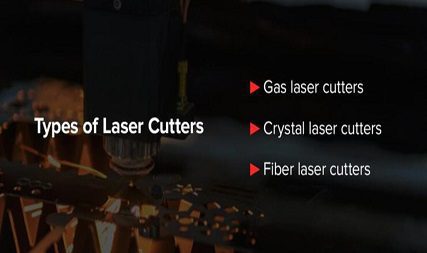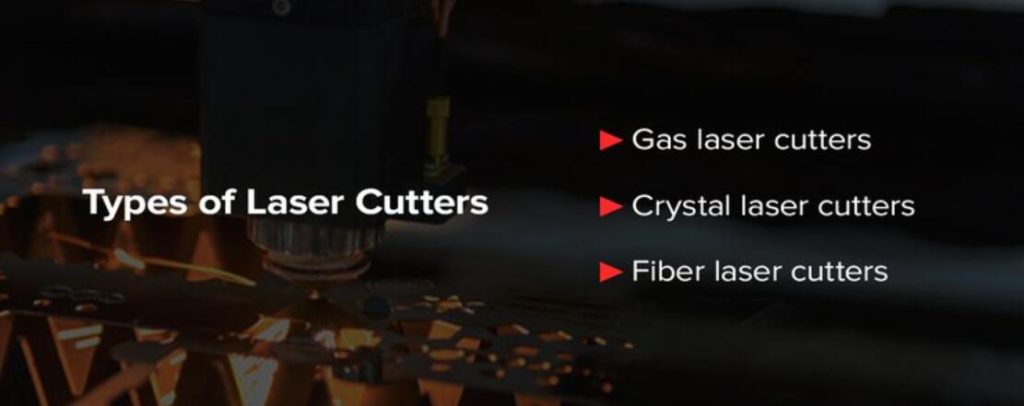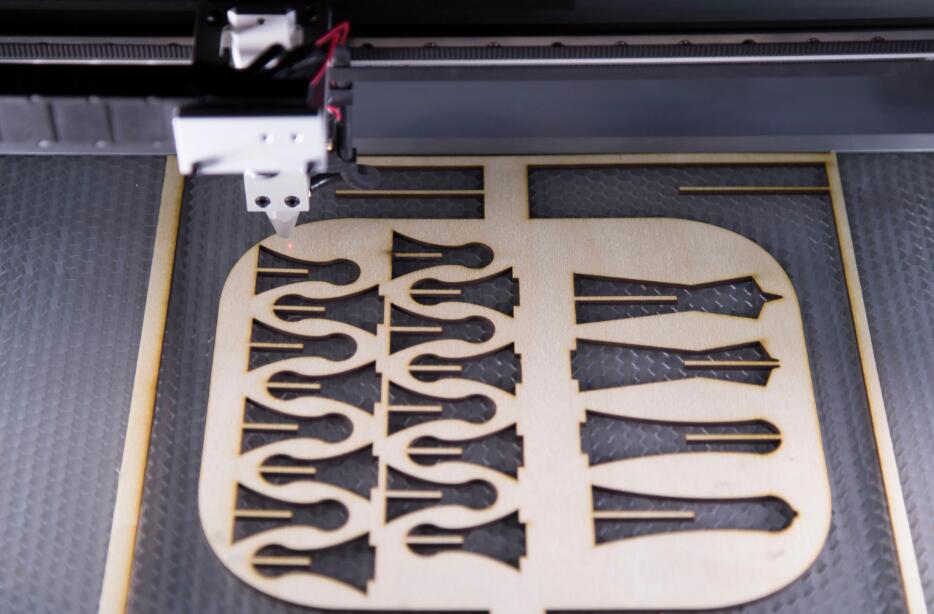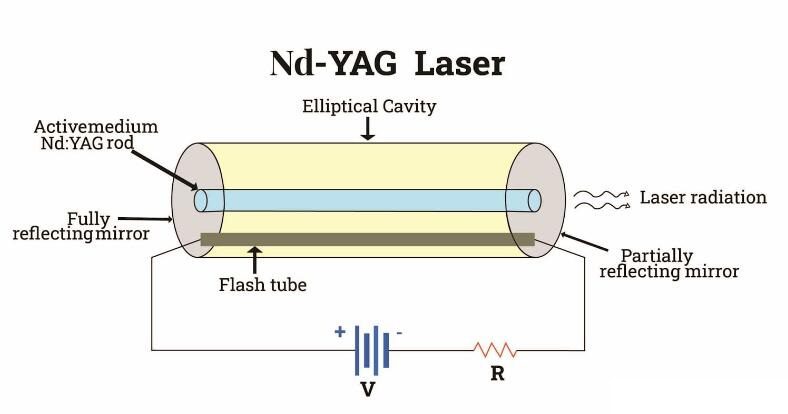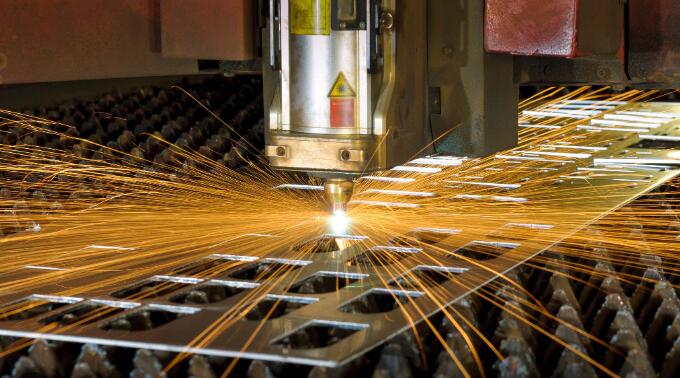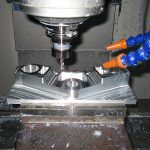There are three primary types of laser cutters utilized in the manufacturing industry: CO2 Laser Cutters, Fiber Laser Cutters, and Crystal Laser Cutters. Each type has distinct characteristics that make them suitable for different applications.
1.CO2 Laser Cutters
CO2 laser cutters, also known as gas lasers, represent one of the most versatile and widely used types of lasers available today. They operate by electrically stimulating a gas mixture trapped in a sealed compartment, primarily containing carbon dioxide (CO2), along with nitrogen, hydrogen, and helium.
How CO2 Laser Cutting Works
The functioning of CO2 laser cutters is a marvel of modern engineering. These devices work by electrically stimulating the gas mixture inside a sealed tube, with CO2 being the primary active gas. When excited, the CO2 molecules emit photons, which are focused into a concentrated beam of light. This light beam is then directed towards the workpiece using mirrors.
When the high-powered laser beam contacts the material’s surface, it heats it to a high temperature, causing it to either melt or vaporize. The beam’s path is precisely controlled by computer numerical control (CNC) technology, enabling intricate shapes and patterns to be cut or engraved into the material with exceptional precision.
A key aspect of the CO2 laser cutting process is the assist gas. When the laser beam hits the workpiece, an assist gas—typically air, nitrogen, or oxygen—is used to blow away the molten or vaporized material, creating a clean cut. The type of assist gas used can influence the quality of the cut, the speed of the cutting process, and the maximum thickness of the material that can be cut.
It’s worth noting that CO2 lasers produce a light beam with a wavelength of 10.6 micrometers, which falls in the infrared part of the light spectrum. This wavelength is readily absorbed by non-metallic materials, making CO2 lasers a popular choice for cutting materials like wood, acrylic, and plastic.
Advantages of CO2 Laser cutter
CO2 laser cutters are renowned for their high power, continuous wave, and high efficiency, which is why they are frequently employed in applications demanding high cutting speeds and output power. They’re ideal for cutting, boring, and engraving non-metal materials, including wood, acrylic, glass, paper, and some types of plastic.
One of the critical advantages of CO2 laser cutters is the quality of the cut they produce. They can maintain high precision and produce a clean, smooth finish, reducing the need for post-processing in many applications. Furthermore, they provide excellent energy efficiency and have a relatively long operational life, which translates into lower operational costs over time.
Disadvantages of CO2 Laser cutter
However, CO2 laser cutters are not without their disadvantages. They typically require a larger initial investment than other laser types and may require more maintenance due to the complexity of their design. Additionally, while excellent for non-metal materials, CO2 lasers aren’t the best choice for cutting through thick metal materials.
2.Fiber Lasers
Fiber lasers represent a modern advancement in laser cutting technology. They offer numerous advantages over conventional laser types, including greater energy efficiency, lower maintenance costs, and excellent performance when cutting reflective metals.
How does Fiber Lasers work?
Fiber lasers belong to the solid-state laser group and they function differently from CO2 lasers. They generate their laser beam by using an optical fiber that is doped in rare-earth elements, usually erbium, ytterbium, neodymium, thulium, praseodymium, holmium, or dysprosium. The fiber optic cable aids in the creation of a very focused, high-intensity beam that is up to 100 times more concentrated than that of a CO2 laser.
Advantages of Fiber Lasers
One of the key strengths of fiber lasers is their superior beam quality, which translates into high precision and cutting speed, particularly when working with thin materials. Moreover, they are highly effective at cutting reflective metals, such as aluminum and copper, which can pose a challenge for other types of lasers.
Fiber lasers also stand out for their low operating costs. They boast superior electrical efficiency compared to other laser types, which means lower energy costs. Additionally, their design involves fewer components susceptible to wear and tear, reducing maintenance costs and downtime.
Disadvantages of Fiber Lasers
On the flip side, fiber lasers may not be the best choice for cutting thicker materials, as the edge quality may deteriorate. Their high upfront cost might also be prohibitive for some users.
3.Nd:YAG or Nd: YVO (Crystal Lasers)

